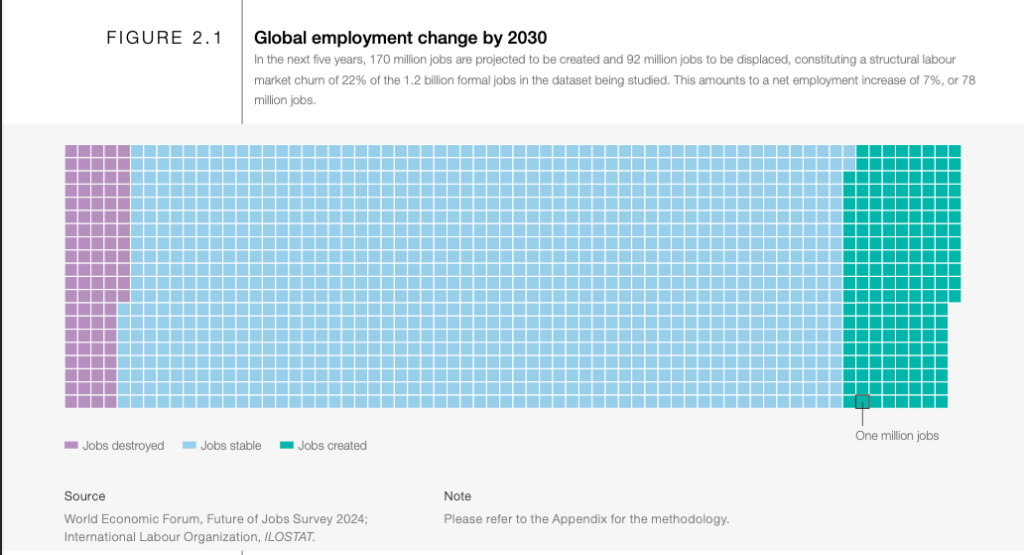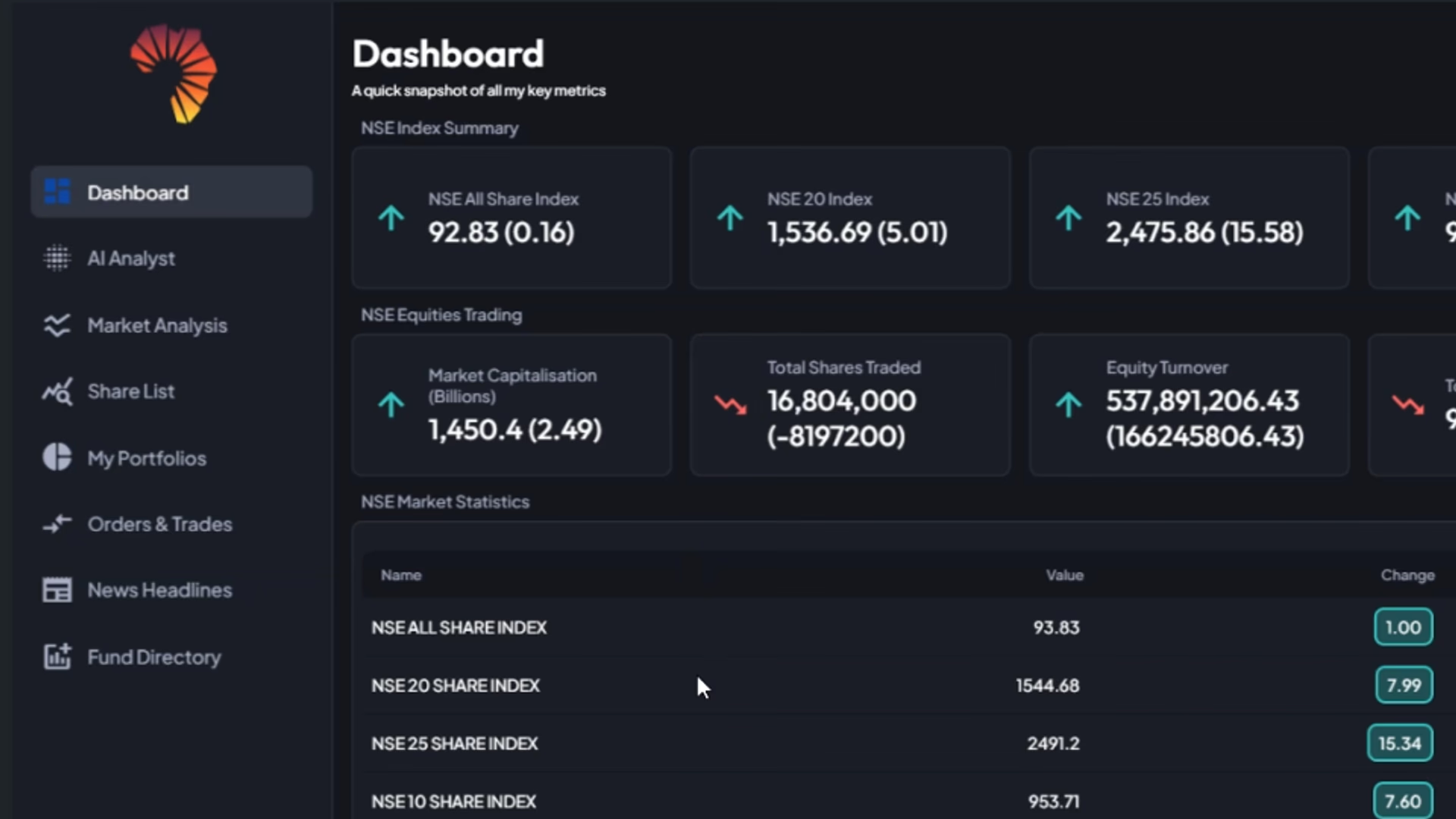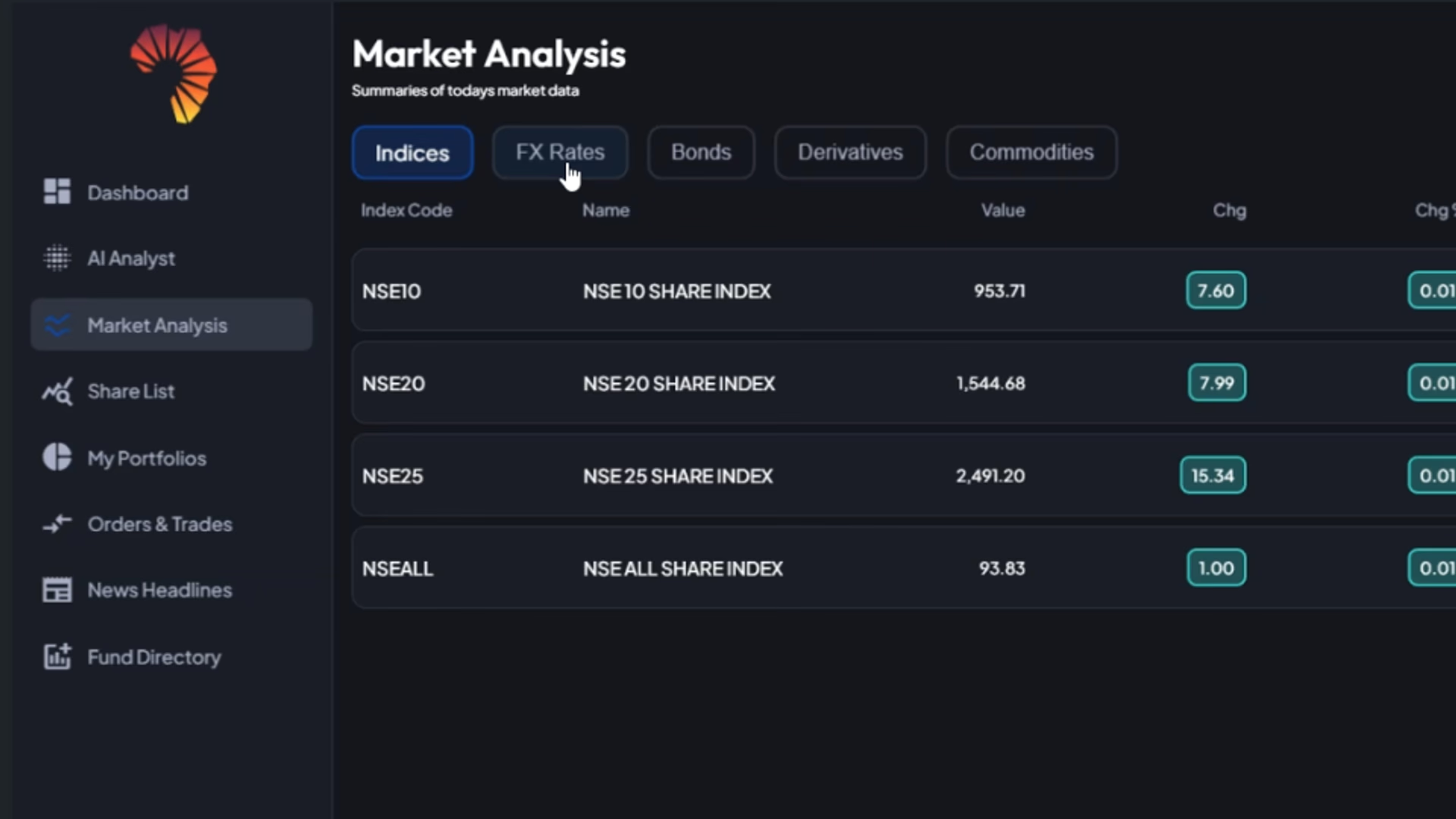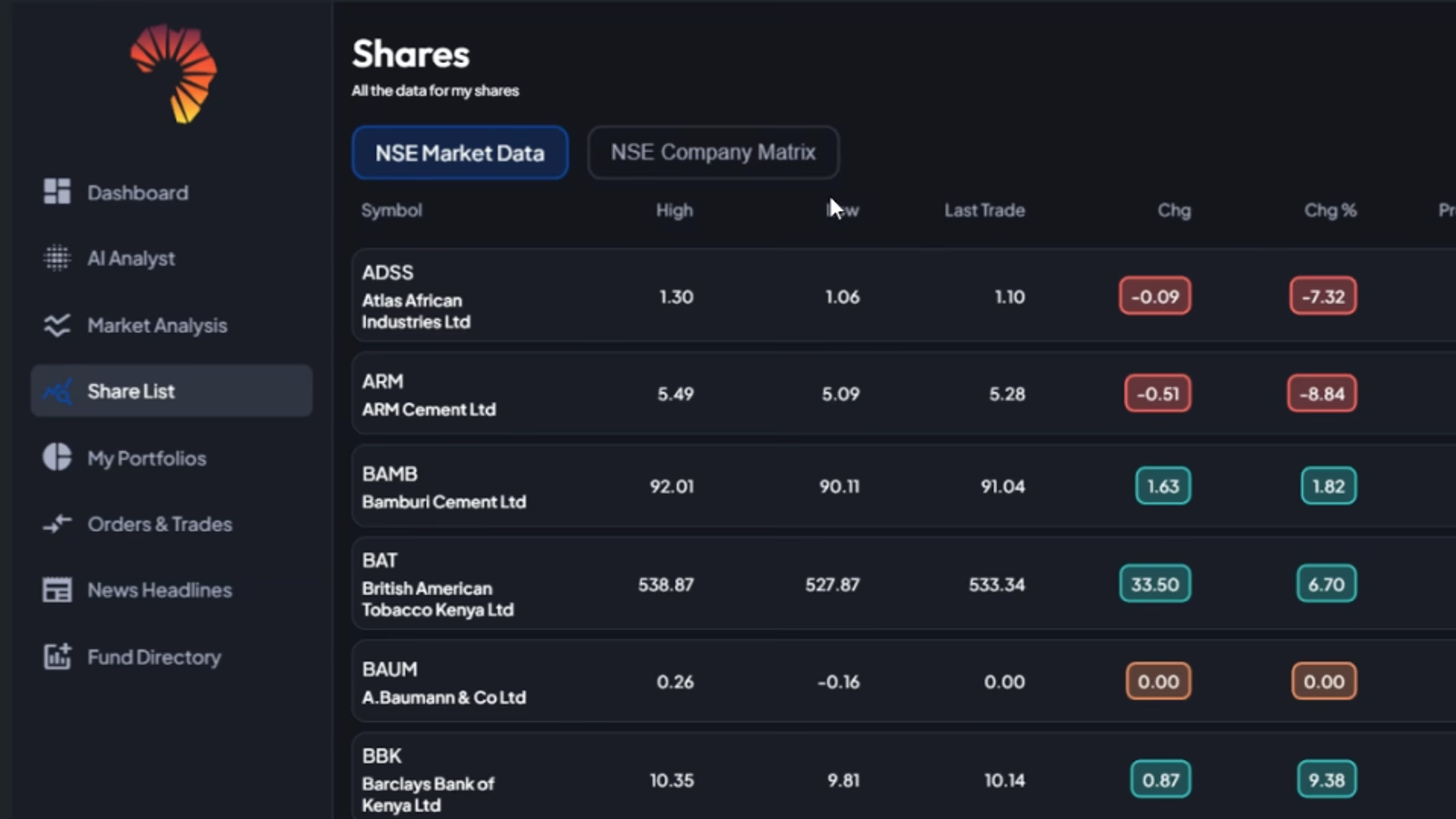A significant share of employers across the globe expect to downsize their workforce as Artificial Intelligence (AI) capabilities to replicate roles expand, The Future of Jobs Survey of by World Economic Forum has found.
- •While most employers plan to hire new people with AI relevant skills, a significant share (41%) also expect to downsize their workforce within the next five years.
- •In the Financial Services (97%) and Electronics (95%) sectors, anticipated AI exposure is notably higher than the global average.
- •By contrast, employers in sectors such as Energy Technology and Utilities (72%) and Government and Public Sector (76%) expect lower exposure to AI disruption by 2030.
“As we enter 2025, the landscape of work continues to evolve at a rapid pace. Transformational breakthroughs, particularly in generative artificial intelligence (GenAI), are reshaping industries and tasks across all sectors,” Saadia Zahidi, Managing Director of the WEF says.
“These technological advances, however, are converging with a broader array of challenges, including economic volatility, geoeconomic realignments, environmental challenges and evolving societal expectations.”
Larger organizations are considering it more likely that their business model will be transformed by AI: only 6 per cent of companies with over 50,000 employees expect low AI exposure by 2030, compared to 16 per cent of companies with fewer than 1,000 employees and 15 per cent of those with 1,000-5,000 employees.

Complementing the Future of Jobs Survey, the World Economic Forum’s Executive Opinion Survey captures insights from more than 11,000 executives worldwide. Regarding barriers to AI adoption, half of executives worldwide highlight a lack of skills to support adoption as the top barrier.
This is closely followed by a lack of vision among managers and leaders (43%). Other obstacles include high costs of AI products and services (29%), lack of customization to local business needs (24%), complex regulations around AI and data usage (21%), and limited consumer demand (16%).
Overall, these results point to a persistent gap in skills required for AI adoption, both for managers and workers. In response to expected AI disruption, reskilling and upskilling of the existing workforce to work more effectively alongside AI emerges as the most anticipated workforce strategy for companies headquartered in 45 out of the 55 economies covered by the report.
By 2030, 77% of surveyed employers plan to implement this strategy. In addition, 69% of respondents plan to recruit talent skilled in AI tool design and enhancement, and 62% anticipate focusing on hiring individuals with skills to work with AI.
Almost half of organizations are expecting to reorient their business models toward new AI-driven opportunities (49%), while 47% plan to transition employees from AI-disrupted roles to other positions.
Wages, Productivity, and Performance
According to the survey, more than half (52%) of employers globally expect to see an increase in the share of their revenue allocated to wages over the 2025-2030 period, 41% of surveyed employers anticipate their current wage allocation to remain stable, while 7% foresee a reduction by 2030.
Smaller companies exhibit higher expectations regarding growth of wages as a share of total revenues, with 57% of employers with fewer than 1,000 employees anticipating an increase in wage share. By contrast, only 45% of employers with 10,000–50,000 employees and 47% of those with over 50,000 employees expect to see the same.
“In shaping wage and compensation policies, two factors stand out globally: workers’ productivity and performance (cited by 77% of respondents) and competing to retain talent (cited by 71%) Sector-wise,” the WEF said in the report.
Only six industries expect an emphasis on competition for talent over productivity and performance as a factor in their wage considerations: Electronics, Insurance and Pensions Management, Professional Services, Real Estate, Medical and Healthcare Services, and Government and Public Sector. All other industries anticipate a focus on productivity as the more crucial factor when designing wage strategies over the 2025- 2030 period.
The World Economic Forum surveyed more than 1, 000 global employers who collectively employ more than 14.1 million people across 22 industries and 55 economies.





